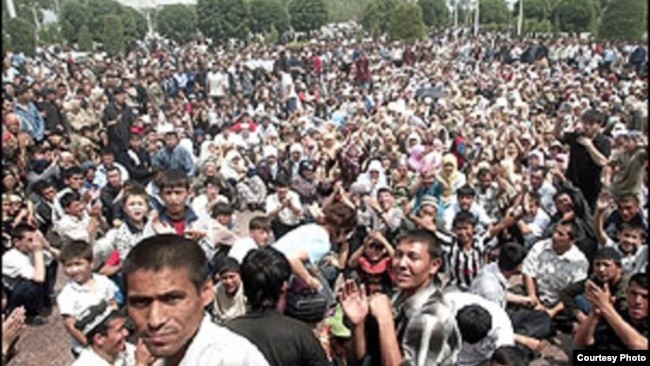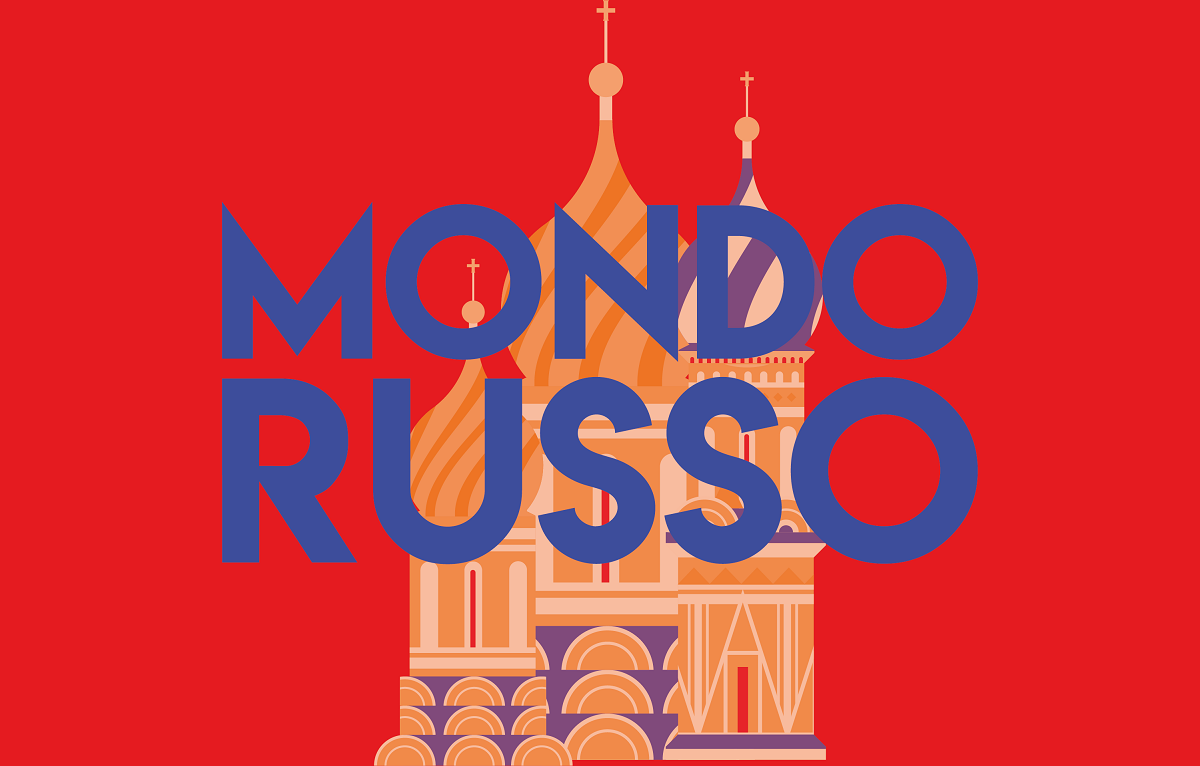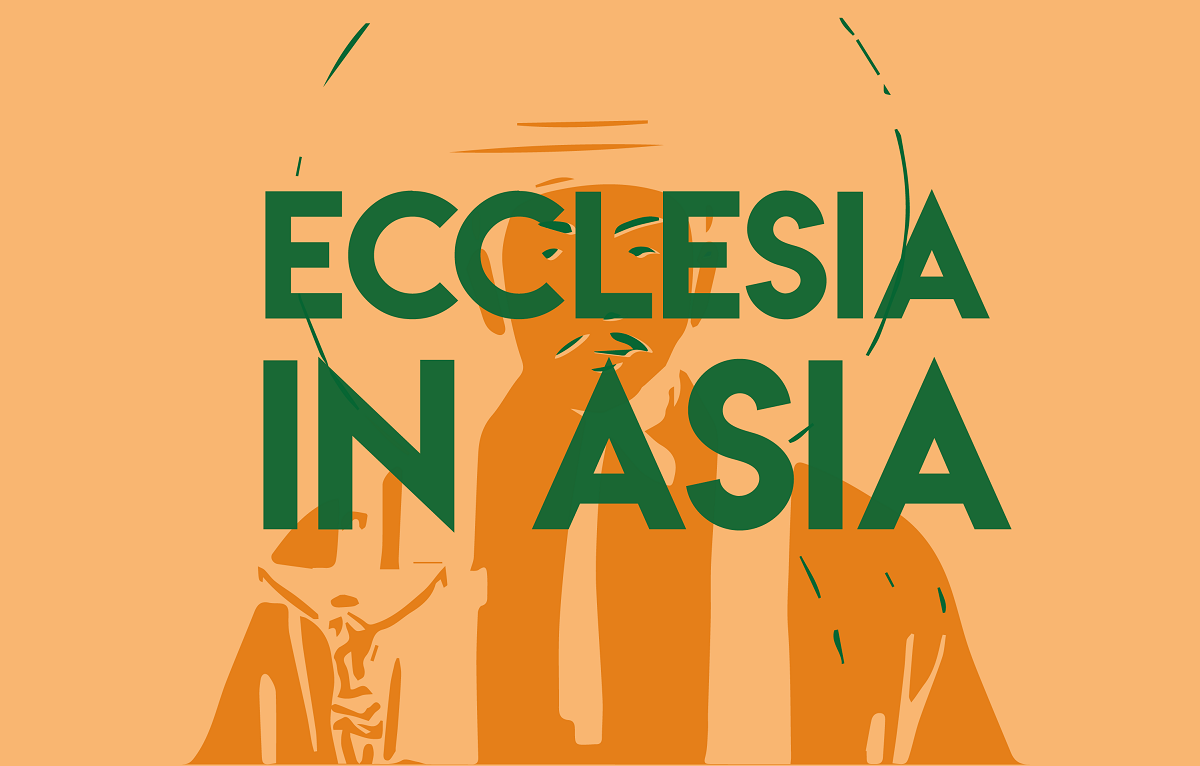An outrage against Andijan massacre
Mirziyoyev plans to build a large shopping centre on the site where, in 2005, hundreds of protesters—who had occupied a high-security prison in protest against a wave of arrests—were killed in a military crackdown. For years, the authorities claimed that the demonstrators were “slaughtered by Islamic terrorists.”
Tashkent (AsiaNews) – Widespread outrage has erupted in Uzbekistan over President Shavkat Mirziyoyev’s decision to construct a major shopping centre, complete with an amusement park, on the site of the Andijan tragedy—near a high-security prison where, twenty years ago, demonstrators shed their blood after occupying the detention facility.
The project is being justified by the authorities as part of a plan to build a flyover in the area, which will alter the layout of the memorial square and surrounding buildings.
The president further commented that “such a gloomy prison, built a hundred years ago, is not suitable for the centre of a modern city.”
On 13 May 2005, in the ancient Uzbek city of Andijan, located on the plain near Fergana along the historic Silk Road, events took a dramatic turn.
Demonstrations erupted in protest at the arrest and trial of several local businessmen, and ended in bloodshed when police opened fire on protesters outside the prison where the accused were being held—individuals the crowd believed to be innocent.
Witnesses to those events have since scattered around the world, and the decision to open a shopping centre on the site is seen by human rights activists as a profound affront to the memory of the victims.
The 23 Andijan businessmen had been arrested in June 2004, accused of links to the Akramiya religious movement, led by one of them—entrepreneur Akram Yuldashev—who had already been imprisoned since 1999 for alleged “extremism”. According to unofficial reports, Yuldashev later died in prison in 2011 from tuberculosis, although this only became known in 2016.
At the time many questioned whether the movement even existed, and the entire episode was widely seen as a power struggle within the region’s business community. Following Yuldashev’s arrest, his companies were reportedly taken over by the new governor of Andijan.
When the court proceedings began in February 2005, supporters of the accused started to gather in the square—initially in the hundreds, and later in the thousands—holding peaceful demonstrations.
But in the night between 12 and 13 May, events spiralled. Thirty-five armed men, later labelled “Islamic extremists,” reportedly crossed into Uzbekistan from Kyrgyzstan, attacked police officers, seized their weapons, and stormed the central prison, freeing around 2,000 inmates, including the accused businessmen.
They then moved towards the square where the demonstrators had gathered and occupied the Andijan city administration building, demanding the presence of then-President Islam Karimov.
Instead of dialogue, armoured vehicles arrived and opened fire on the crowd, leaving the streets of the city centre awash in blood.
According to official figures, 187 people died in Andijan that day. However, eyewitness accounts suggest the real number was certainly in the thousands. Investigative journalists later reported that in the Bogi-Shamol district on the city’s outskirts, a cemetery contained graves in which four people were buried in each plot.
Some witnesses saw rows of bodies in the morgue, each marked with a numbered tag on the foot—far exceeding the official toll. Those who witnessed the massacre were themselves targeted, persecuted, and many fled abroad.
For years, the authorities maintained the narrative that the demonstrators were massacred by Islamic terrorists, not by government forces. It was only after Karimov’s death, in February 2020, that Deputy Prosecutor General Svetlana Artikova publicly admitted, for the first time, that it was soldiers, acting on orders from the president, who had opened fire on the crowd.
Mirziyoyev’s current initiative appears aimed at making the country forget those dark chapters, while projecting an image of a “new democratic Uzbekistan.”
However, activists have condemned this as “utter cynicism”—an attempt to enforce a sanitised, propagandistic version of history. While relocating prisons from city centres to the outskirts is common in many civilised countries, they argue, it must not come at the cost of erasing the memory of the victims.
11/08/2017 20:05







.png)










